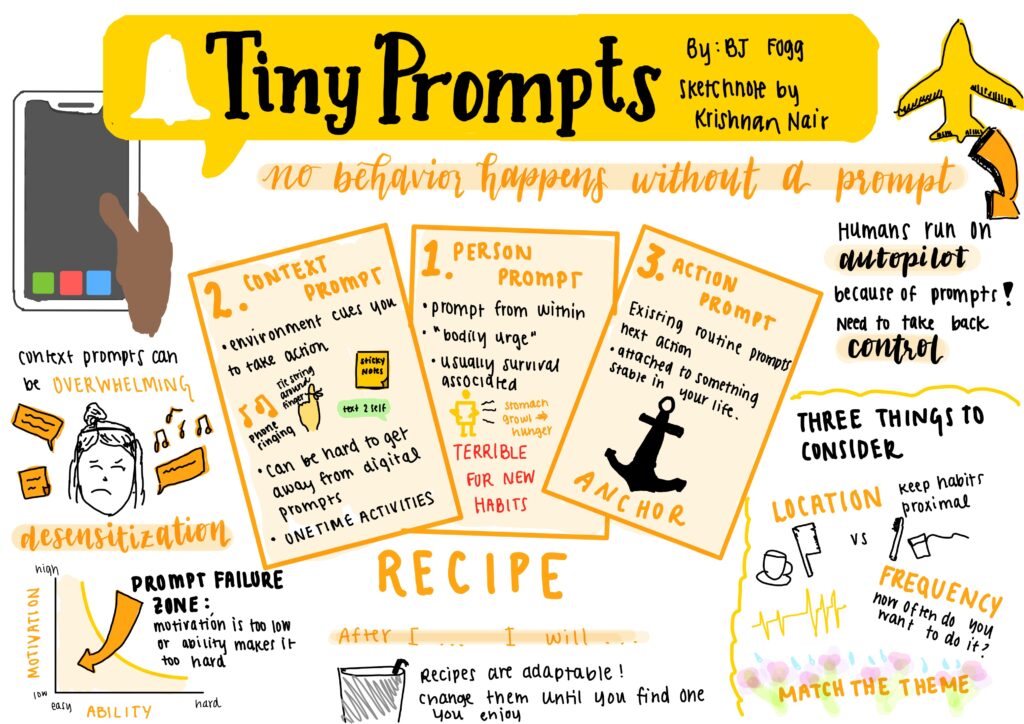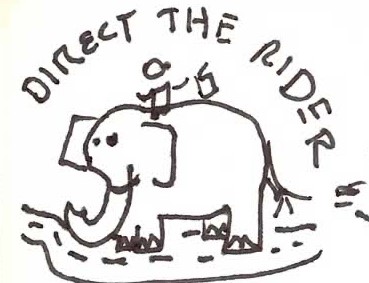Skip to content
- How can product managers effectively balance the desire to innovate and introduce new features with the need to address buyer resistance? What strategies can they employ?
The articles talks about 4 key factors that lead to buyer resistance: a) people assess a new feature/product on its perceived value and not its objective, b) they, in some sense, benchmark the products that they are already using/consuming and evaluate any new product w.r.t this reference scale, c) these improvements and shortcoming are viewed as gains and losses respectively, and d) losses have a far far greater impact than similarly sized gains (typically a multiplicative factor of at least 9x).
In a world of “equilibrium”, where we already have the maximum possible customers/revenue for our current product offerings, there is no other way to grow the business but to introduce new features. Thus the question is how to balance “innovation” with the ability to retain and grow our customer base. To this extent, product managers can take the following steps:
- As Andy Grove rightly points out, when offering entirely new features, aim for >= 10x improvement than what already exists in the market. The article also gives a number of examples to support this such as how MRIs offer a 10x improvement in diagnostic capabilities over a mere X-ray.
- Effective storytelling and seamless user experience. The iPhone was not the first smartphone to arrive. But it was “the” smartphone. A lot of smartphones already existed but were quite cluttered and clunky (which people realize in hindsight but never considered in foresight). iPhones re-defined the very concept of a smartphone thanks to their ease of use and Job’s effective branding strategy.
- Conduct real time surveys. During my previous stint at Google Research where I worked on improving personalized recommendation results for users, I found that Google often deployed a lot of real-time pilot studies to see what feature changes and innovations helped them improve their metrics (like click through rates). They did the testing quite rigorously and the final model often led to substantial increase in their customer pool.
- As people driven by product innovation, product managers themselves can be blinded by an innovation-as-status-quo perspective, i.e., fall victim to the “endowment effect” just as consumers do. A good way to go about it would be to conduct internal surveys and, even more important, talk to real customers on ground; ask them questions, their complaints with the product, their wishlist and identify “innovation” areas where we can do the maximum mitigation of these.
- For both offerings that improve upon existing features or offer entirely new features, try to ease the customers into the drastic changes. I found the article’s example of Google changing the search algorithm but without changing the “familiar” user interface to be a brilliant move! I am also a big fan of how Prius cleverly maneuvered around integrating EV into their existing combustion engine vehicles.
- Go freemium and lure them in! (Refer to second question’s answer for details)
- What role does the concept of “loss aversion” play in buyer resistance? How can product managers leverage this knowledge to facilitate the adoption of new features?
Loss aversion refers to the psychological biased thought of potential losses having significantly more “impact” on the decision than potential gains of the same size. The article mentions a very good (and perhaps too relatable) example of a study where people do not accept a bet when there’s a 50% chance of both winning and losing X amount. However, when the potential gains outweigh potential losses by a factor of ~3 then we see many more people taking the bet. Similarly in another experiment, when determining the average ask and bid price from the buyers’ and sellers’ surveys, it has often been found that the average ask price is ~3x the average bid price for the very same product.
Loss aversion combined with the “endowment effect” heavily dictates decision-making and can result in customers expecting a ~3x improvement in the offering for them to give up their existing products. Product managers can potentially take the following measures to soften the resulting buyer resistance:
- In many cases there is a sense of the customer’s prior products being rendered obsolete due to the new product offering. A trade-in program (for instance, iPhones) can help mitigate the feeling of burning away their previous purchase money.
- One may also want to enable time limited trials/freemium models for customers (read: lure them in :p) so that skewness factor for consumer expectations reduces from ~3x and they are nudged towards purchasing the new product.
- Discuss the concept of “feature creep” and its potential negative impact on product development. How can product managers avoid falling into this trap while addressing eager sellers’ demands?
Feature creep refers to companies pushing incremental improvements to their products without a clear understanding of what the consumer actually “wants”. If the domain/company/product is not a monopoly then there’s a very high attrition chance since customers become more susceptible to being attracted towards “attractive” products that offer a drastic deviation in the features from what already exists in the market (Think of what Tesla did in the Motor Industry by introducing EV with significantly improved “quality and aesthetics” than the existing industry standards). Further, they might find your product cluttered and boring! I believe the following steps can be taken to mitigate this:
- Aggregate incremental features and push them in the form of batches so that the “perception” of innovation remains maintained.
- Trim vestigial features based on regular customer feedback.
- Keep a roadmap to the “next big thing” when pushing out (even if incremental) features. Often companies get content with existing product offerings as long as they “make money”. As a result, they bloat, become dull and lose track of the competitive market landscape. Always keeping in mind the big picture and the larger/broader vision often helps offset that.
- When introducing updates, strive towards keeping the product (UI, if applicable) “lean and clean” instead of adding layers of complexities that hamper user experience.



